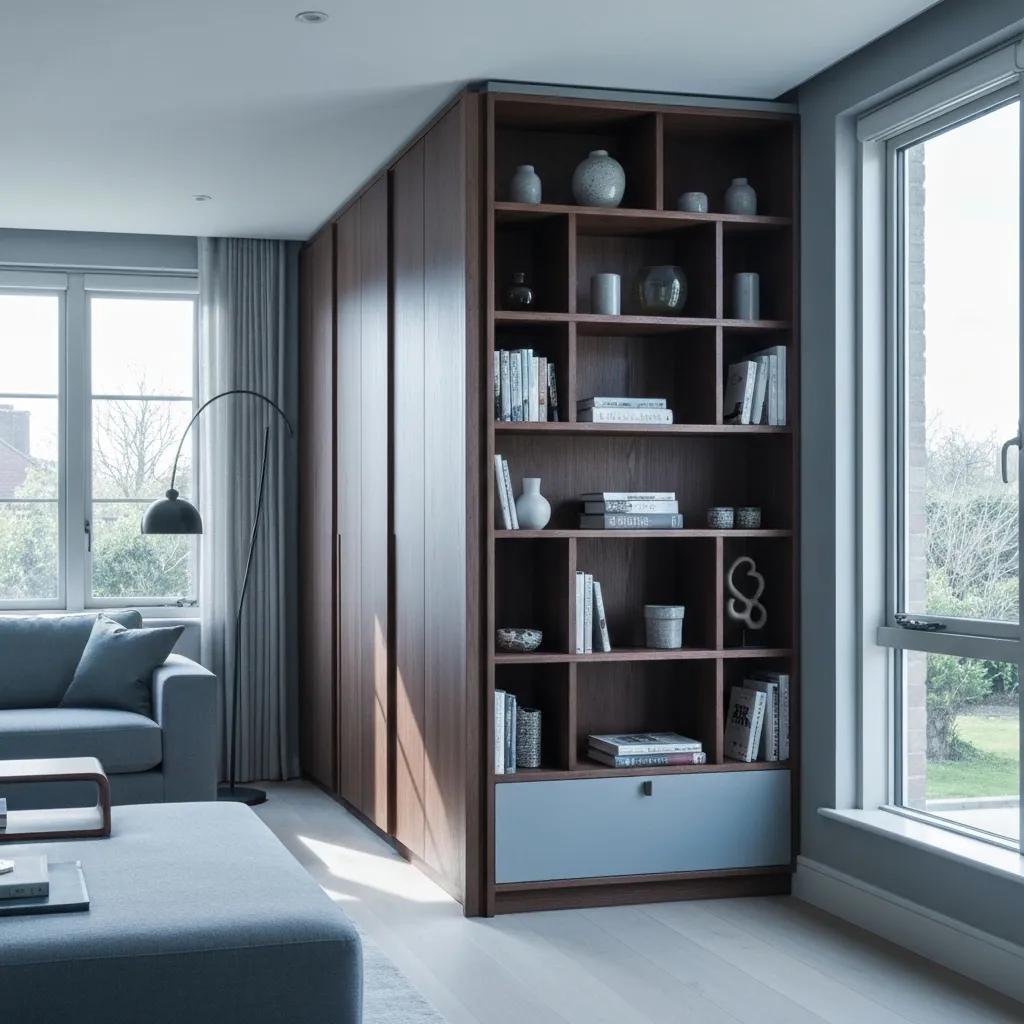Some different types of joins used in woodworking

A World of Connection: Exploring Different Types of Joints in Joinery
Joinery is the cornerstone of woodworking. Whether you’re building furniture, cabinets, or artistic masterpieces, the quality and durability of your creations largely depend on the joints you use. Joinery techniques have evolved over centuries, with craftsmen developing numerous methods to suit various purposes and styles. In this blog post, we’ll take you on a journey through the diverse world of joinery.
1. Mortise and Tenon Joints
Traditional Strength Meets Timeless Elegance
Mortise and tenon joints are classics in the world of woodworking. They provide exceptional strength and are often used in fine furniture making. A rectangular hole (mortise) is made in one piece of wood to accept a corresponding projection (tenon) from the other piece. This joint can be further enhanced with variations like through tenons and wedged tenons.
2. Dovetail Joints
Unmatched Beauty and Durability
Dovetail joints are known for their striking appearance and exceptional strength. These interlocking joints are often used in drawer construction and box making. The “tails” and “pins” of the joint create a mechanical lock that resists pulling apart, making dovetails both functional and visually appealing.
3. Finger Joints
The Symmetry of Interlocking Fingers
Finger joints, also known as box joints, are ideal for joining boards at right angles. These joints involve interlocking rectangular “fingers” cut into the ends of two boards. They are sturdy, easy to create, and perfect for building boxes and drawers.
4. Biscuit Joints
For Aligning and Reinforcing Edge-to-Edge Connections
Biscuit joints use small, football-shaped wooden biscuits (dowels) that are inserted into matching slots in the pieces being joined. This method is often used for aligning and reinforcing edge-to-edge connections, such as when making tabletops or panels.
5. Dado Joints
For Supporting Shelves and Panels
Dado joints, or housing joints, involve cutting a groove or slot into one piece of wood to accept the edge of another piece. These joints are frequently used for building bookshelves, cabinets, and other projects where one piece needs to slot into another to provide support and stability.
6. Butt Joints
Simple and Practical
Butt joints are the most straightforward way to join two pieces of wood. They involve connecting the ends or edges of two boards at a right angle. While not the strongest option, they are quick and simple, making them suitable for many applications.
7. Miter Joints
Sleek Corners and Precise Angles
Miter joints are perfect for creating seamless corners, such as those found in picture frames and trim work. They involve cutting the ends of two pieces of wood at an angle, typically 45 degrees, to create a tight, flush connection.
8. Pocket Hole Joints
Efficient, Concealed Screws for Sturdy Connections
Pocket hole joinery uses angled holes and screws to create secure and hidden connections. It’s a quick and effective method for assembling cabinets, frames, and other projects where strength and speed are paramount.
9. Dowel Joints
Classic Simplicity and Reliability
Dowel joints involve drilling holes into the ends of two boards and inserting cylindrical dowels to secure the connection. They’re reliable and have been used for centuries in various applications.
These are just a few examples of the many joinery techniques available to woodworkers & wardrobe carpenters. Depending on your project’s requirements and your desired aesthetic, you may choose different joints to achieve the perfect balance of form and function.










